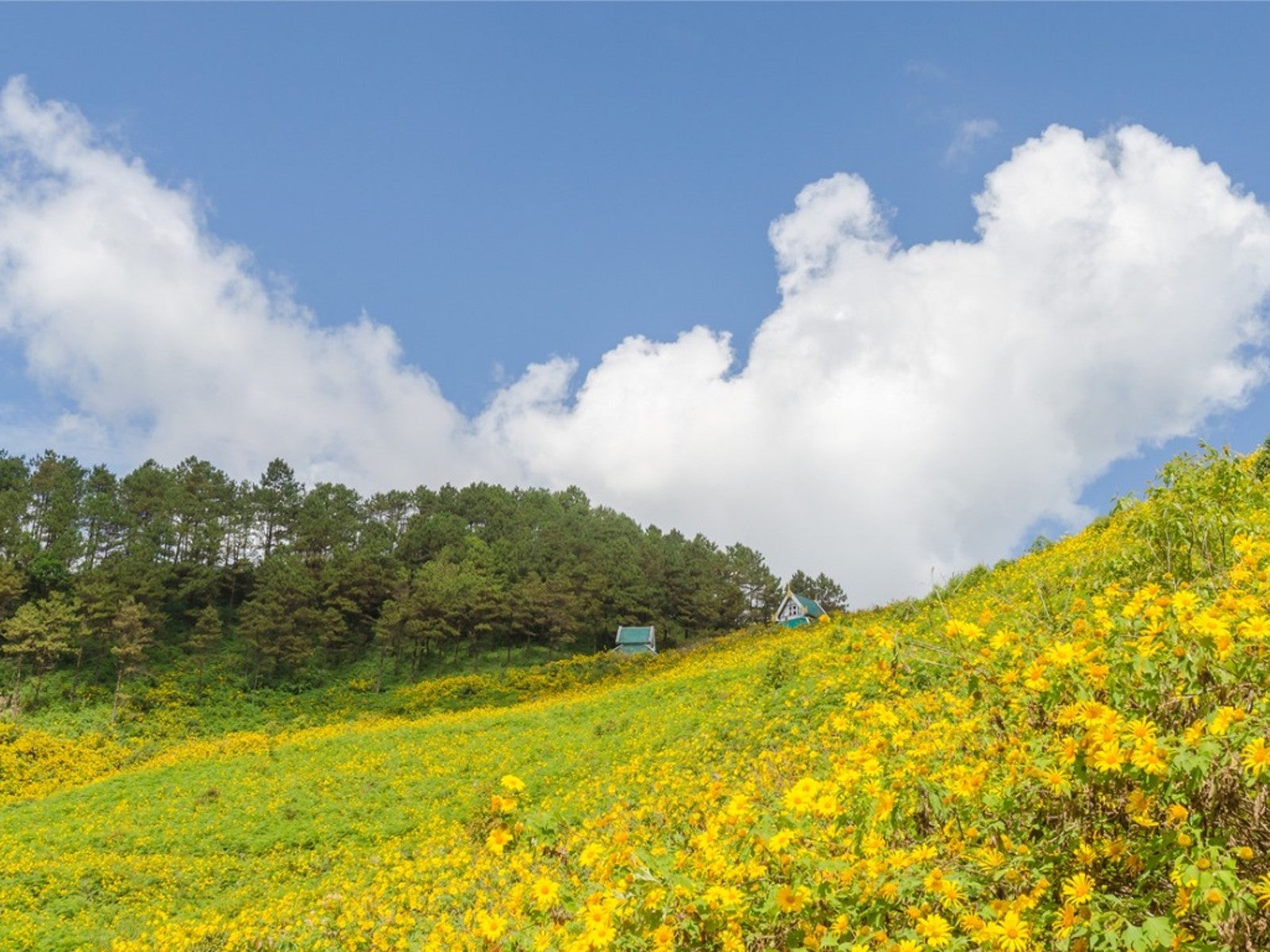Lovely, Low-Maintenance Hillside Landscaping Ideas


When it comes to gardening, hillsides are hard. Steep slopes are difficult to plow, to mow and to irrigate. But unplanted or inappropriately planted, a hill is prone to erosion.
So what’s a home gardener - in search of an easy-care landscape - to do? Low maintenance hillside landscaping is possible! Here are some low maintenance hillside landscaping ideas for you to consider.
Problems with Hillside Landscaping
Mountains and hills can offer gorgeous views of the surrounding countryside, and they add interest to a landscape. But nobody will tell you it’s as easy to plant and tend a hillside as a flat lawn area.
Every garden task becomes more difficult if performed on sloping land, and issues like erosion from rainwater must be taken into account. But that doesn’t mean that you can’t find ideas and designs that will work well and, once installed, require only minimal maintenance.
Low-Maintenance Steep Slope Landscaping
A harried home gardener facing an eroding hillside may grab for the first quick solution. This often tends to be invasive plants like ivy, that quickly escape the cultivation area into neighboring land or wild areas. But native plants control erosion much better.
So clear the land and prepare the soil for planting. Then install one of these excellent, easy-care native choices for low or no maintenance hillside landscaping.
- One great possibility is to use native grasses to create a tall ground cover that doesn’t require mowing. Native grasses can be very beautiful, swaying in the breeze. Once they are established, they are drought tolerant and need no help to thrive. Taller species keep out weeds better since they shade the ground more.
- Another native plant option for low maintenance hillside landscaping: wildflowers. A wildflower meadow is as good or better than a lawn for controlling soil erosion and can cover lots of ground. Buy a seed mix and scatter it over the worked soil on the hillside. It makes an excellent low maintenance ground cover for hillsides.
- A third good planting choice: native trees and shrubs. It’s always best not to use one sole species, but mix several types. It's more interesting visually and also offers more protection.
Other Groundcovers to Consider
While native plants - like grasses, wildflowers and trees - are already acclimated to your area, there are some tough non-natives that would also work well as low maintenance ground cover for hillsides. Here are a few to consider.
Sign up for the Gardening Know How newsletter today and receive a free copy of our e-book "How to Grow Delicious Tomatoes".
- Any tough, ornamental perennial like daylilies, creeping phlox or lamb’s ears.
- An attractive succulent that grows rapidly and requires little care like stonecrop.
- A mix of woody plants like creeping juniper, fragrant sumac, bearberry, and Russian arborvitae.
Covering Up the Hillside
Once the planting is done, cover the slope with natural jute ground fabric. This natural material will stabilize the soil to prevent soil loss to erosion. It also keeps down weeds. Attach the fabric in place with metal staples or wooden stakes. Planting takes place over the fabric. Alternatively, you can use hay or straw to prevent erosion.

Teo Spengler is a master gardener and a docent at the San Francisco Botanical Garden, where she hosts public tours. She has studied horticulture and written about nature, trees, plants, and gardening for more than two decades, following a career as an attorney and legal writer. Her extended family includes some 30 houseplants and hundreds of outdoor plants, including 250 trees, which are her main passion. Spengler currently splits her life between San Francisco and the French Basque Country, though she was raised in Alaska, giving her experience of gardening in a range of climates.